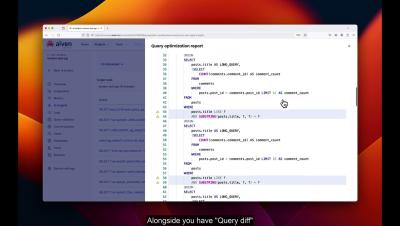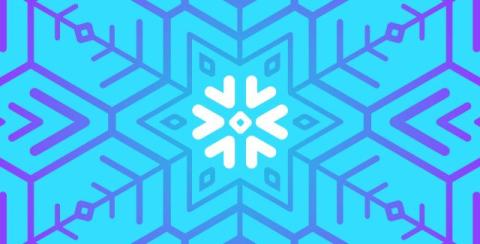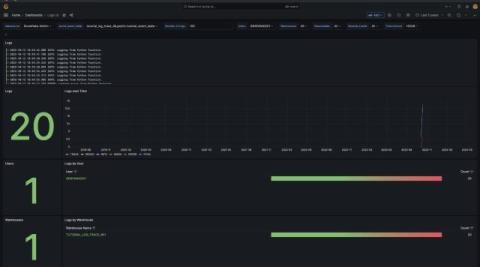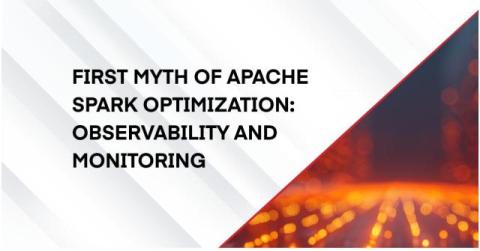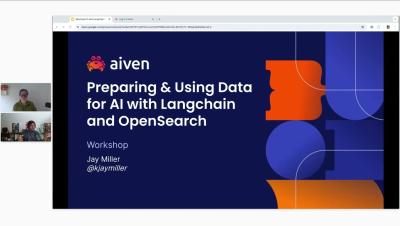Is investing in AI-driven cloud services worth the expense?
Artificial intelligence (AI) is the next significant technological frontier, poised to revolutionize the tech sector, particularly through its massive impact on cloud infrastructures. By 2024, this transformation is expected to be as widespread as managed Kubernetes services, with an estimated 70% of organizations utilizing managed AI services in their cloud setups.




